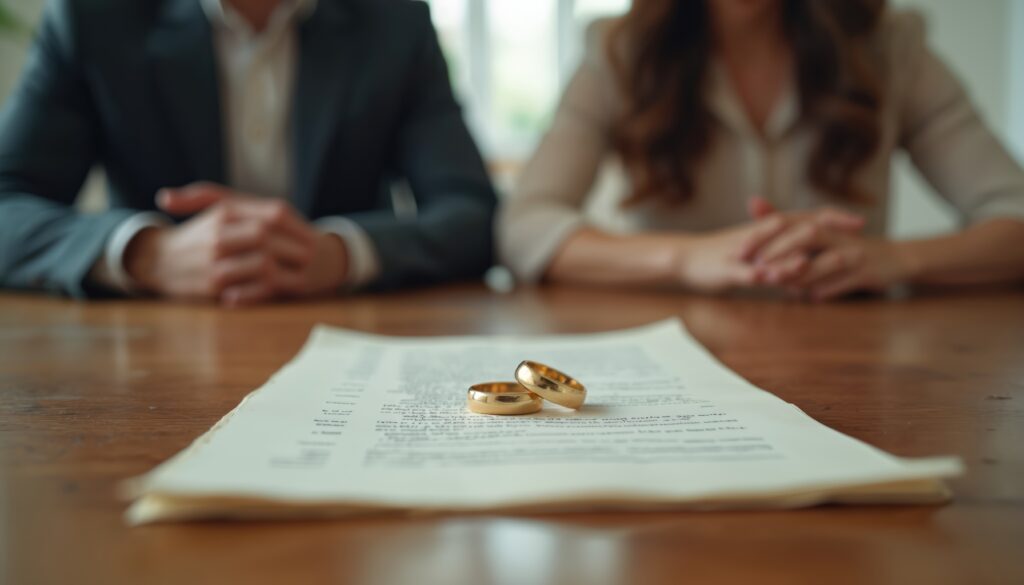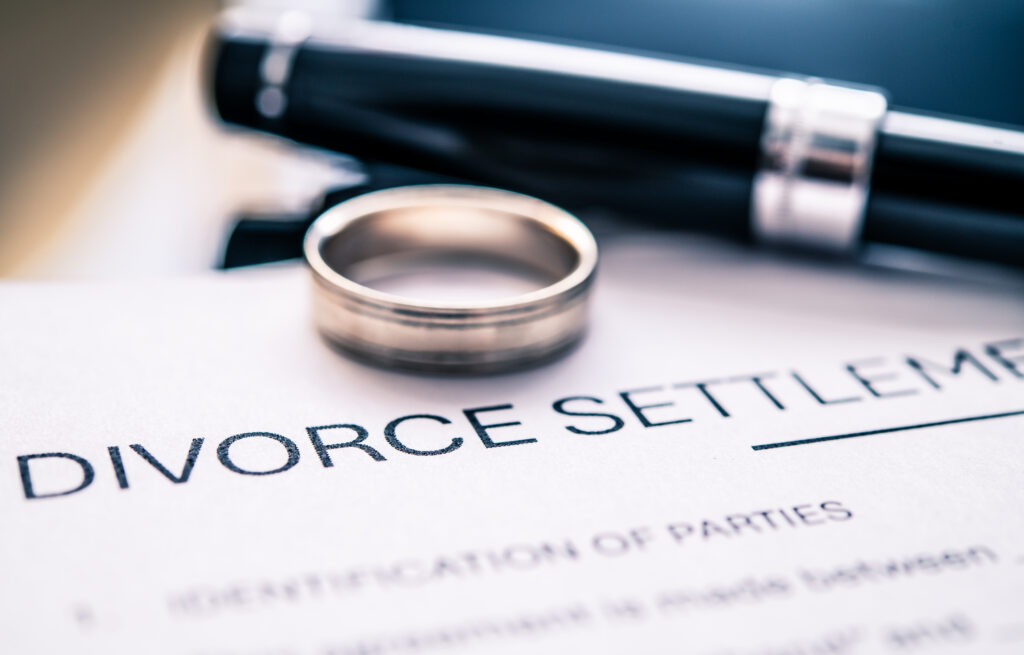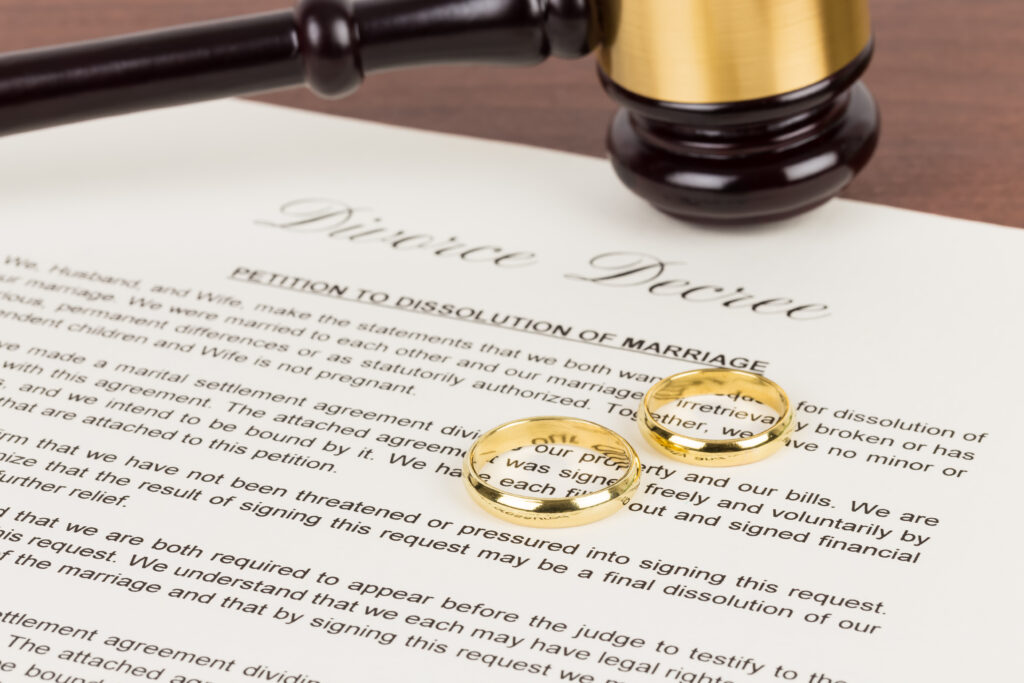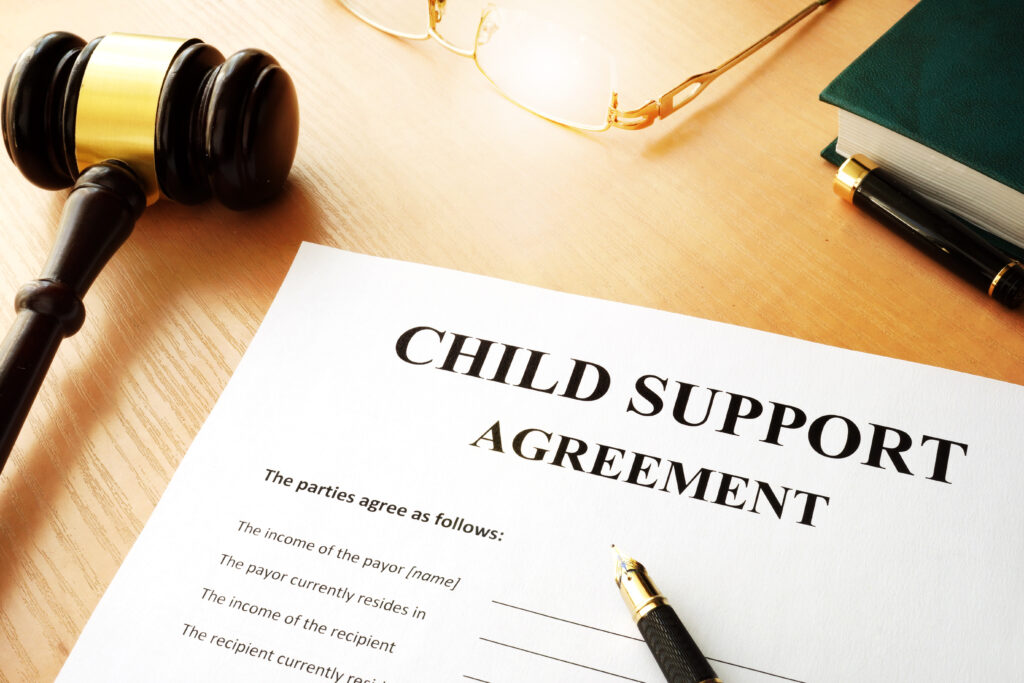Pension Sharing on Divorce
Our Divorce & Family team can help you with your financial settlements on divorce.
Divorce & Pensions
The general rule is that pensions that have been accrued during a marriage, to include any period of pre-marital cohabitation, should be shared equally. However, that is only a guide and it may often be appropriate not to share the pensions equally.
In some cases, the parties may prefer not to share the pensions and instead, for one party to receive a greater share of the capital in lieu of a pension investment. For example, it may suit the family for one party to retain the family home and for the other party to retain their pension instead of receiving a share in the family home.
We can advise on what outcome may be more suitable, financially and otherwise. We cannot advise on tax issues and you will need to seek separate expert advice on such matters.
Pension Sharing Order
A Pension Sharing Order is an Order from the Family Court which will set out what percentage of a pension fund will be transferred from one spouse’s pension fund (the owner spouse) to the other spouse (the non-owner spouse) and which will be put into effect after a divorce.
The pension fund trustees will need an Order of the court before they will take any action and the formal instructions will be set out on a document called a Pension Sharing Annex.
The recipient of a pension sharing order will effectively receive a percentage of the pension fund of the owner spouse. This will be sliced out at the implementation date and will either be transferred within the owner spouse’s pension scheme (internal transfer) or the non-owner spouse may choose to transfer it out; into a scheme of their own (external transfer).
A Pension Sharing Order cannot be implemented until the divorce has been completed and the decree absolute has been made by the court. The pension fund administrators will have 4 months to implement the Pension Sharing Order from either the date of the decree absolute or the day they receive the documents from the court whichever is the latest.
How will a pension be shared?
Once an accurate value has been ascertained, we can consider how best to share the pension so as to achieve a fair outcome. Fairness may be achieved, for example, by redistributing the pension so that each party has the same pension income on retirement.
The Court can only make an order in relation to the sharing of a pension if divorce proceedings have been issued and an Order can only be implemented once the divorce has been finalised. The types of Pension Order that can be made by the Family Court on divorce are:
- A Pension Sharing Order
- A Pension Attachment Order
Divorce Pension Entitlement
When considering the value of a pension, solicitors and the family court initially use the Cash Equivalent Value (CEV) as a guide. You can obtain this from your pension administrator. Sometimes, however, the CEV is not an accurate representation of the fund value and it may be advisable to obtain a valuation report from a “pension on divorce expert” (PODE).
As a guide, we would recommend that a report is obtained from an expert for any pension worth more than £100,000 or a pension arising from employment in the uniformed services, such as the police, nursing staff or the army. This is because the CEV of these pensions are less likely to be representative of the real value.
We can advise on what outcome may be more suitable, financially and otherwise.
We cannot advise on tax issues and you will need to seek separate expert advice on such matters.
Pension Standing Order
A Pension Sharing Order provides for a slice of the pension of an “owner spouse” to be transferred into a separate pension fund solely owned by the “non-owner spouse”. The owner spouse can then choose to draw down or rebuild their remaining fund for their sole benefit whilst the non-owner spouse will then own their own fund and can similarly choose to draw it down or continue to invest in the fund for their sole benefit.
A Pension Sharing Order means that the parties can achieve a Pension Clean Break i.e. a dismissal of their future potential further pension claims against the other.
The mechanics of implementing the Pension Sharing Order will be dealt with by the pension trustees. They will be served with a copy of the order and will be required to liaise with both the owner spouse and the non-owner spouse to ensure that the fund is correctly credited to a fund owned the receiving party.
Recent Guidance
The recent guidance from the family courts as set out by the attached PAG guidance shows that the option of a husband arguing that his contributions to the pension prior to the marriage should be ring fenced is becoming less and less favoured by the courts. We will need to seek guidance from a pension on divorce expert or actuary in working out how to offset or trade capital in a property for an interest in a pension. Given that the pension is not readily available there is a premium on capital which is available now (the utlitity value)
The Pensions and Lifetimes Savings Association have produced a report on the retirement living standards which shows the types of incomes which are required* (in 2021) for a modest or “minimum” (£10,900 per annum), “moderate” (£20,800 per annum) and comfortable (£33,600 per annum) lifestyle in retirement.

Useful Resources
- GOV: Application for a state pension statement
- GOV: Application for a state-pension forecast on divorce or dissolution BR20
- GOV: Tax on your private pension – lifetime allowance
- Pension Wise: Free guidance about your defined contribution pension options
- Retirement Living Standards
- Guidance on the treatment of pensions on divorce – a guide for professionals
Pension Sharing Order
A Pension Sharing Order is an Order from the Family Court which will set out what percentage of a pension fund will be transferred from one spouse’s pension fund (the owner spouse) to the other spouse (the non-owner spouse) and which will be put into effect after a divorce.
The pension fund trustees will need an Order of the court before they will take any action and the formal instructions will be set out on a document called a Pension Sharing Annex.
The recipient of a pension sharing order will effectively receive a percentage of the pension fund of the owner spouse. This will be sliced out at the implementation date and will either be transferred within the owner spouse’s pension scheme (internal transfer) or the non-owner spouse may choose to transfer it out; into a scheme of their own (external transfer).
A Pension Sharing Order cannot be implemented until the divorce has been completed and the decree absolute has been made by the court. The pension fund administrators will have 4 months to implement the Pension Sharing Order from either the date of the decree absolute or the day they receive the documents from the court whichever is the latest.
How will a pension be shared?
Once an accurate value has been ascertained, we can consider how best to share the pension so as to achieve a fair outcome. Fairness may be achieved, for example, by redistributing the pension so that each party has the same pension income on retirement.
The Court can only make an order in relation to the sharing of a pension if divorce proceedings have been issued and an Order can only be implemented once the divorce has been finalised. The types of Pension Order that can be made by the Family Court on divorce are:
- A Pension Sharing Order
- A Pension Attachment Order
Divorce Pension Entitlement
When considering the value of a pension, solicitors and the family court initially use the Cash Equivalent Value (CEV) as a guide. You can obtain this from your pension administrator. Sometimes, however, the CEV is not an accurate representation of the fund value and it may be advisable to obtain a valuation report from a “pension on divorce expert” (PODE).
As a guide, we would recommend that a report is obtained from an expert for any pension worth more than £100,000 or a pension arising from employment in the uniformed services, such as the police, nursing staff or the army. This is because the CEV of these pensions are less likely to be representative of the real value.
We can advise on what outcome may be more suitable, financially and otherwise.
We cannot advise on tax issues and you will need to seek separate expert advice on such matters.
Pension Standing Order
A Pension Sharing Order provides for a slice of the pension of an “owner spouse” to be transferred into a separate pension fund solely owned by the “non-owner spouse”. The owner spouse can then choose to draw down or rebuild their remaining fund for their sole benefit whilst the non-owner spouse will then own their own fund and can similarly choose to draw it down or continue to invest in the fund for their sole benefit.
A Pension Sharing Order means that the parties can achieve a Pension Clean Break i.e. a dismissal of their future potential further pension claims against the other.
The mechanics of implementing the Pension Sharing Order will be dealt with by the pension trustees. They will be served with a copy of the order and will be required to liaise with both the owner spouse and the non-owner spouse to ensure that the fund is correctly credited to a fund owned the receiving party.
Recent Guidance
The recent guidance from the family courts as set out by the attached PAG guidance shows that the option of a husband arguing that his contributions to the pension prior to the marriage should be ring fenced is becoming less and less favoured by the courts. We will need to seek guidance from a pension on divorce expert or actuary in working out how to offset or trade capital in a property for an interest in a pension. Given that the pension is not readily available there is a premium on capital which is available now (the utlitity value)
The Pensions and Lifetimes Savings Association have produced a report on the retirement living standards which shows the types of incomes which are required* (in 2021) for a modest or “minimum” (£10,900 per annum), “moderate” (£20,800 per annum) and comfortable (£33,600 per annum) lifestyle in retirement.

Useful Resources
- GOV: Application for a state pension statement
- GOV: Application for a state-pension forecast on divorce or dissolution BR20
- GOV: Tax on your private pension – lifetime allowance
- Pension Wise: Free guidance about your defined contribution pension options
- Retirement Living Standards
- Guidance on the treatment of pensions on divorce – a guide for professionals
FAQs
What is a Pension Attachment Order?
A Pension Attachment Order provides one party with a monthly payment from a pension owned by their former spouse.
Do I have to share my pension?
The sharing principle (i.e., the equal sharing of matrimonial assets) attaches to pensions. This means that both parties are typically entitled to an equal share of pension assets unless there are compelling circumstances to depart from equality.
The outcome will depend on what has been agreed between both parties and/or ordered by the court.
If you would prefer not to share your pension assets with your former spouse, you may be able to consider pension offsetting which means that instead of giving up a portion of your pension, you may agree to offset the value against another asset, for example, the family home. Specific advice will be needed as to whether this would be an appropriate outcome.
How will I pay my legal costs?
Legal Aid
Legal aid is no longer available to pay the legal costs of divorce or dissolution unless:
• You are using it to pay for mediation;
• You have experienced domestic abuse in the last 5 years; or
• You are at risk of homelessness.
Please note that at Herrington Carmichael we do not offer Legal Aid.
Costs orders
The general rule in family court proceedings is that each party pays their own legal costs.
The above said, in some cases, one party may agree to pay the other’s legal fees – without the court ordering them to do so – just to get the finances settled quickly.
Loans from family or friends
You may be able to borrow from family or friends to pay your legal fees. This may be cheaper and much easier than borrowing from a bank, building society or other loan provider, however, we would recommend that you obtain a formal agreement, or the court might not take the loan into account when considering how to divide the finances.
Commercial borrowing
You could consider placing your legal fees on one or more credit cards or taking out a commercial loan.
You may also be able to apply for a litigation loan from a specialist loan provider. The lender will assess the prospects of your case and the likely level of your settlement. If their lending criteria is met, the lender will likely release the funds directly to your solicitor to cover legal fees as and when they are due. When your divorce is finalised, the money to pay back the loan is typically taken from your financial settlement, with the balance of your settlement released to you.
What is a Form E?
Form E is a document used in divorce proceedings which sets out the financial and personal circumstances of the parties. Its main purpose is to facilitate the disclosure of financial disclosure.
Who pays school fees after divorce?
Disputes about school fees are common when couples whose children are in private education go their separate ways.
In many cases, parents share the financial burden of their children’s education. The allocation of school fee payments can be negotiated during financial proceedings and outlined within a financial consent order.
In some cases, the court can make a school fees order which records how the school fees should be dealt with, for example, which parent should pay the fees and for how long.
Will I be compensated for relationship generated disadvantage?
Unlike some jurisdictions, the family court in England and Wales does not specifically entitle one spouse to compensation for sacrificing their career or opportunities during the marriage. Instead, financial settlements are determined based on factors like each parties’ financial needs and the welfare of any children.
If you believe you have suffered significant economic disadvantage due to the marriage, it’s crucial to seek legal advice to understand your rights and potential outcomes in your specific case.
What is the “sharing principle”?
The starting point for dividing assets on divorce is equality, this is called the “sharing principle”.
There has to be a good reason to depart from equality, and any departure must be limited to what is needed in order to achieve fairness.
Legal Insight
Meet the Team
Related expertise
Best Law Firms 2024
Herrington Carmichael has once again been named in the Times Best Law Firms. We were first listed in 2023 and have once again made the Best Law Firms list for 2024.











